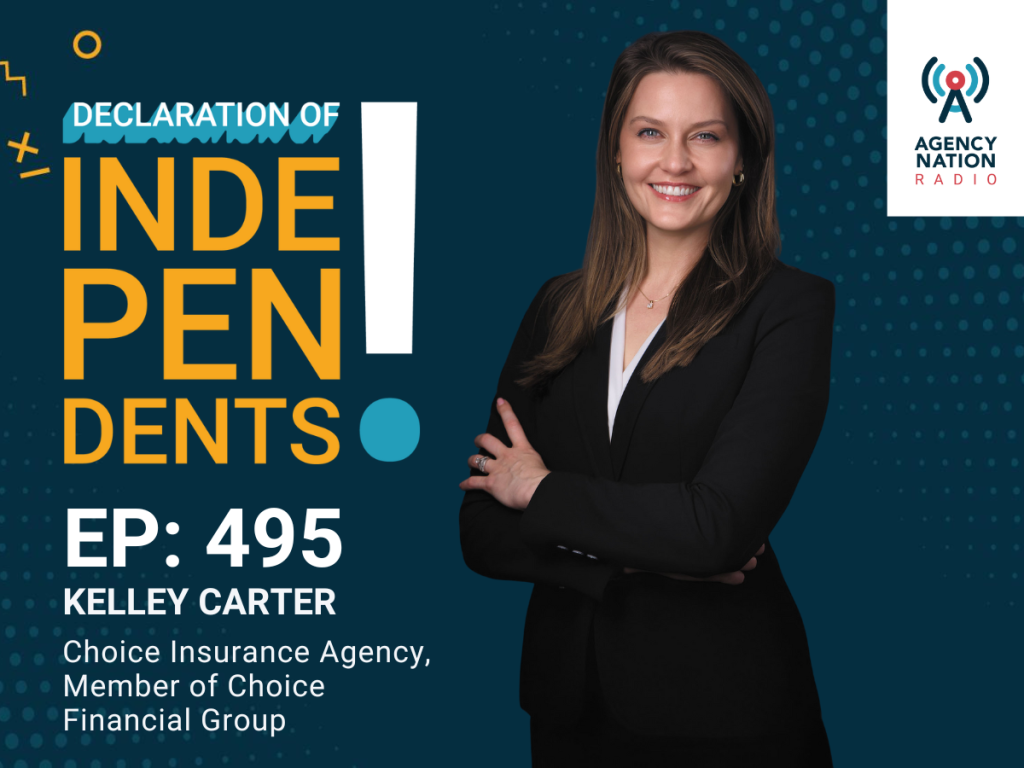Insurance for School Districts: The Challenges of Acquiring and Maintaining Coverage

Throughout the U.S., public entities—including federal, state and local governments—face constantly evolving challenges. With increased public scrutiny, legal action, rising concerns around school shootings and violence, and evolving technology, shifting exposures are impacting the availability of insurance coverage.
From escalating property premiums to increasing liability costs, social inflation and litigation funding, public entities are tasked with continually refining how they manage their unique exposures. Nowhere are these changing exposures more prevalent than in law enforcement and schools.

Agent Toolkit: Combat Legal System Abuse
“It used to be that law enforcement pursuits under the auto policy were a big focus for public entities insurance coverage—now it’s the entire police department,” says Bradley York, specialty programs director, Risk Placement Services (RPS). “Anything that might be in the national news is getting the carrier’s attention, and it’s certainly no longer a situation where a small city, a police department or a large entity can be insulated from being the focus of a news story.”
Similarly, school systems are facing increasing exposure and public attention. Today, schools are under mounting pressure to make their facilities safer to acquire and maintain their insurance coverage.
“There are a few carriers who specialize in writing schools that continue to do a great job,” York says. “But there used to be more availability in the more standardized markets that would insure public entities and schools. We’re finding that those markets aren’t necessarily willing to engage in the school market.”
As appetite decreases, many carriers are requiring schools to implement specific safety protocols as a condition of coverage. Independent agents with expertise in this niche can offer advice to develop these safety plans.
“It is important that the insurance carriers conduct a comprehensive and standard loss control report or a risk management assessment,” says Scott Rohr, divisional president, public sector, Great American Insurance Group. “In addition, local schools and municipalities need to work with loss control professionals and the local or county police to create a safety plan that includes limiting the number of access points to buildings, threat simulations and training drills.”
More on Public Entities
However, implementing changes and meeting certain requirements involves investment in remediation or even retrofitting the school facilities.
“The hardening of facilities and improved security is now becoming table stakes when we think about the catastrophic events that have happened in the past,” York says. “It includes adding magnetic door locks, security cameras, having written protocols in place, and a lot more proactive engagement with local officials and being community-oriented.”
Further, maintaining a safe environment, particularly for a vulnerable population, is an essential element of a school system’s safety plan. “Sexual abuse and molestation is a huge concern,” York says. “One thing some schools can overlook is the need to ensure that vendors and contractors are escorted in and out of a building.”
While the impact and use of social media is debated in U.S. schools, agents and carriers can recommend taking safety further by offering platforms for students and staff to make anonymous reports that will help prevent school violence or other concerning behavior.
“In the majority of instances, there is a trail of social media posts that could alert one upstander to report issues to authorities and perhaps stop an act of violence,” Rohr says.
In assisting public entities in acquiring and maintaining insurance coverage, agents should ensure that best practices are followed. In particular, “the crisis management plan must be a proactive one—these are things that are more amenable to an underwriter looking at the account,” York says. “Agents need to make sure that entities are aware of the types of exposures they face, and that they’re doing their best to mitigate them.”
Additionally, “public entities cannot overlook the fundamentals that cause the most frequent losses, such as keeping updated employment procedures and training staff, screening motor vehicle records (MVRs) for drivers, ensuring slip and fall mitigation, and preventing water damage,” Rohr says.
Olivia Overman is IA content editor.











